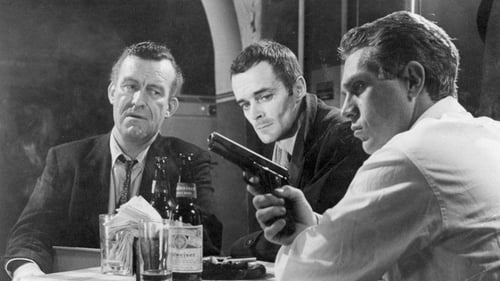
Camera Operator
Soaring above the banks of the Mississippi River in St. Louis, Missouri, the Jefferson National Expansion Memorial Arch stands today as the nation's tallest arch and national monument. "Monument to the Dream", at unnerving heights, traces the adventures of the Arch's evolution, from the early concepts on the drawing board to the fabrication of its stainless steel sections, and the triumphant placement, in a race against the sun, of its final section in the fall of 1965. Through the words of the master architect Eero Saarinen, and the ambient chorus of mallets beating metal sheets into graceful curves, the film reveals the innovative structural techniques and the brilliant design of this avant-garde monument, presenting one of this century's greatest civil engineering achievements as a metaphor for the struggle to win the West. This film went on to be nominated for an Academy Award® for Best Documentary Short in 1967.

Director
In this musical gem, big-hearted Jubal Bristol (Arnold Stang) takes it upon himself to mount a country and western benefit concert after the opera company that his wife (Pamela Hayes) booked suddenly backs out. Along with country icons Minnie Pearl, Dottie West, Connie Smith and Faron Young, the film features great tunes such as "Born to Lose," "Abilene" and "Young Love." Huntz Hall and Leo Gorcey (of Bowery Boys fame) portray stagehands.

Director
A country music show comes to Broadway with the only big screen appearance of the legendary Hank Williams.

Cinematography
Children Without is a 1964 American short documentary film directed by Charles Guggenheim, about a young girl and her brother growing up in the housing projects of Detroit. It was nominated for an Academy Award for Best Documentary Short.

Director of Photography
Career criminals and a local youth carefully plan and rehearse the robbery of a Missouri bank.

Camera Operator
St. Louis’s annual report to taxpayers. The Big City visually illustrated how tax dollars were put to good use and was considered a “graphic, fluent and compact documentary” by Howard Thompson. Note: Sixteen prints were made for exhibition by schools, civic organizations, and church groups. For more on the filmmaker, see Shelby Coffey III, “Politics as an Art Form: Guggenheim and the Movies,” Washington Post, Feb. 9, 1969, 262.





